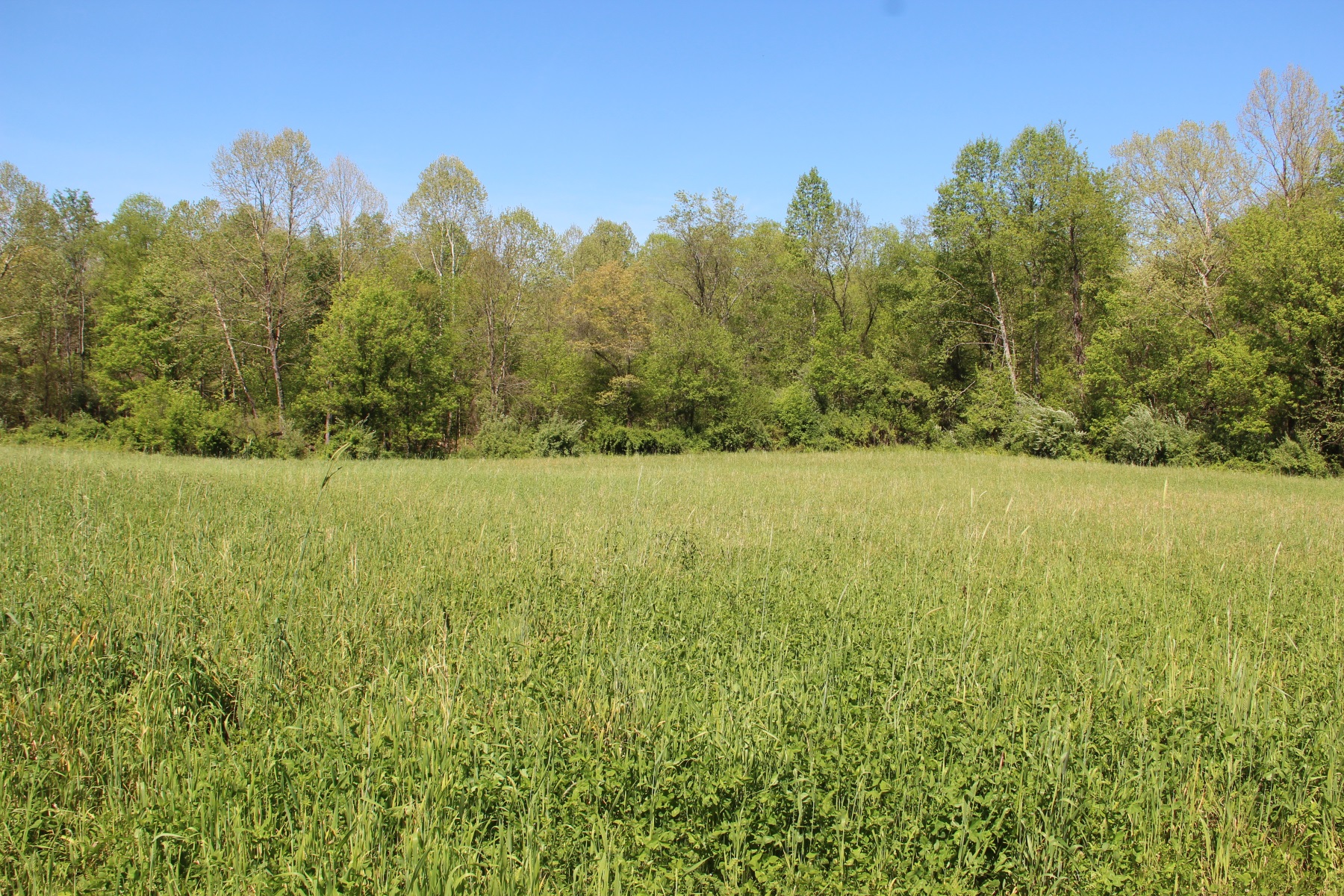Study: Forests In Southeast Are Changed By Climate, And They Change It

According to Jeremy Lichstein, assistant professor of biology at the University of Florida, the Southeast has generally gotten drier, and forests here have responded.
Over the past few decades, forests in the eastern U.S. have changed in response to changes in the climate. A recent study describes how as climate alters forests, those same forests then have an effect on the climate.
The Southeast has generally gotten drier, said Jeremy Lichstein, assistant professor of biology at the University of Florida, and forests here have responded.
“There’s been a shift toward drought-tolerant tree species, which tend to be slow-growing,” he says. “The species that grow faster but are not drought-tolerant have become less common.”
To study eastern forests, Lichstein and his co-authors used decades of information collected by the U.S. Forest Service. “We kind of have the world’s best data set,” he said of the Forest Service’s records on 100,000 forest plots. But eastern forests were tough to study for other reasons because there are so many other things that have changed them: agriculture, disease, insects. Their research was published in the journal Nature.
“We were somewhat surprised by the basic result that there are changes in forests over just two decades that we could unambiguously attribute to changes in climate,” he said.
Some of the trees that have gotten less common in the Southeast are green ash and water tupelo. Some species of oaks and hickories have gotten more common.
That dynamic hasn’t happened everywhere. Forests in the Northeast have gotten wetter, Lichstein said.
Those changes in the forests then go back and affect the climate. Here’s how. Carbon dioxide in the atmosphere contributes to climate change. Trees suck up carbon dioxide. But forests with those slower-growing, drought-tolerant trees absorb less carbon dioxide.
It’s like a feedback loop. Climate change makes forests drier, which means the forests take up less carbon dioxide, which means more climate change.
Jad Daley, vice president of conservation programs at American Forests and co-chair of the Forest Climate Working Group, said he’s excited about this study since it looks both at how forests respond to climate change and how they affect it.
“Eastern forests have not gotten as much attention in terms of the connection to climate change,” he said, even though they sequester more carbon than forests in the West. Still, western forests have drawn a lot of attention because of dramatic droughts and wildfires.
“Even just more subtle changes than what we’re seeing in California, things like changing composition of tree species, has a really important ripple effect on the amount of carbon our forests can hold,” Daley said.







